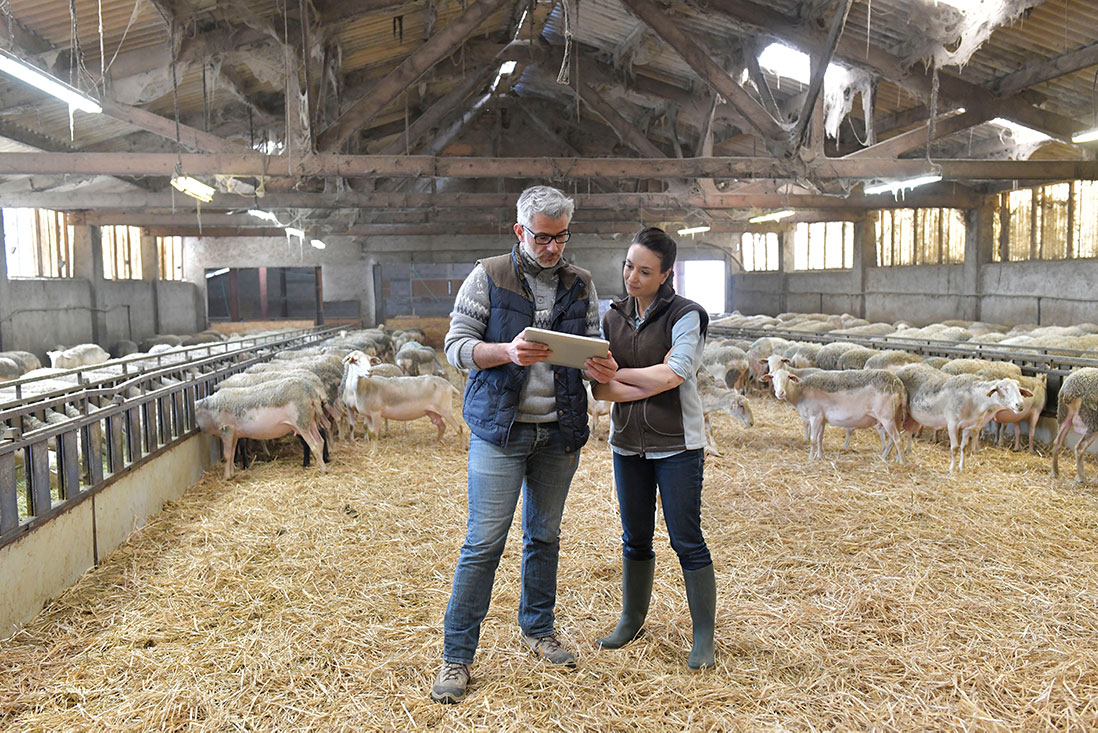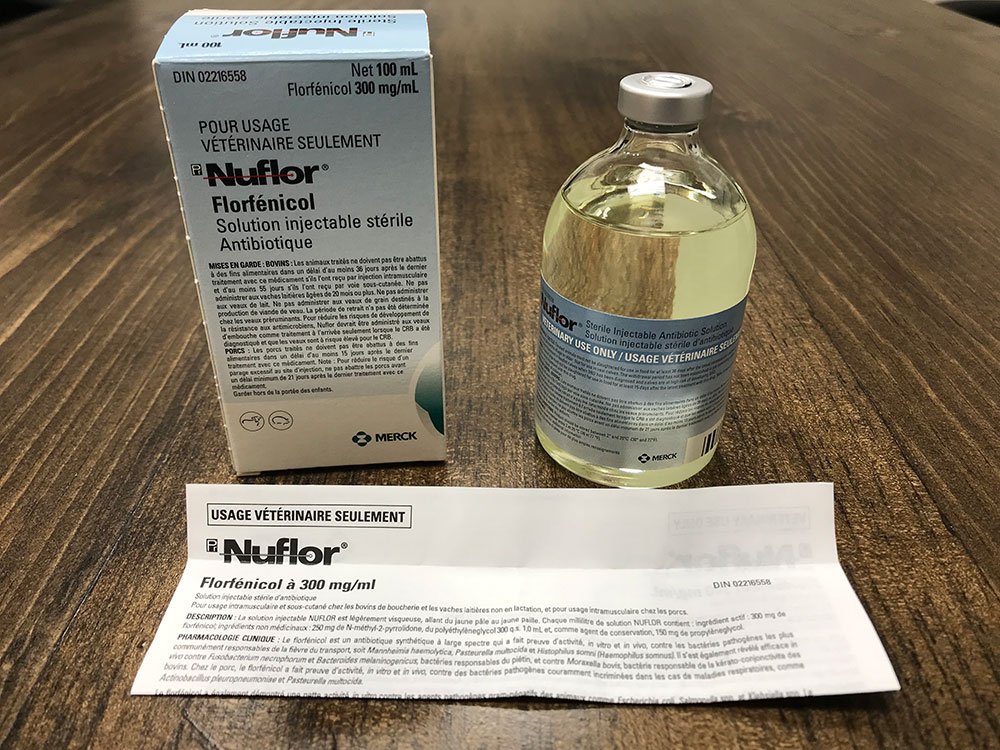Section 4 | Refinement
Page 09 /
Finding the Right Drug for the Right Condition, at the Right Dosage
Refinement
The aim of Refinement is to use antimicrobials appropriately to ensure highest effectiveness when they are used.
It’s about using the right drug, for the right condition, at the right time, using the right dosage.
There are many tools that can be used to aid in improving refinement, but the person with the most knowledge on this topic is your veterinarian. Your veterinarian is trained to evaluate disease conditions and provide the correct treatment. Hence, it is essential to work with your veterinarian to achieve success.

Right Drug for the Right Condition at the Right Dosage
When treating disease, it is extremely important that the correct drug or antimicrobial is provided. For example, when treating pneumonia in a grower pig, there are many different antimicrobial considerations that need to be weighed before providing treatment.
1. Categorization of antimicrobials
The categorization of antimicrobials is an extremely important consideration, as Category I antimicrobials need to be reserved for treating life-threatening infections in both humans and animals. Thus, in an animal with a newly identified disease, in most cases it is not justified to provide a Category I antimicrobial. Check out Categorization of Antimicrobial Drugs in our other FAAST Review.

2. Effectiveness of antimicrobials
For some conditions, there are a number of different resources that can be found to determine the effectiveness or need for treating diseases with antimicrobials. In some diseases, antimicrobials are not necessary, as the disease is not caused by a bacteria. It is important to identify when that is the case to avoid inappropriate antimicrobial use. Your veterinarian can provide guidance in determining the best treatments to be provided on your farm. The Canadian Veterinary Medical Association (CVMA) has created prudent use guidelines that could be used to guide veterinarians in their decision on which antimicrobial to provide. This information can be found here.

3. Dose of the drug
Our FAAST Review on Livestock Medicines provides instruction on how to calculate the correct dosage when treating animals with antimicrobials. Ensuring that the appropriate amount of antimicrobial being provided to the animal is absolutely critical to achieving therapeutic success. If an insufficient volume is administered, it could limit effectiveness and contribute to the development of bacteria that are resistant to antimicrobials. On the other hand, providing too high a dose leads to wasted resources and, in extreme cases, potential drug toxicities or violative residues. So, achieving the right dose is extremely important, and determining how this can be done can be found here.
4. Label of the drug
The label of the product will provide details on what disease conditions the drug can be given for. Our FAAST Review on Livestock Medicines provides information on how to work through a label to determine the best course of action. The review also highlights situations where drugs can be used off-label when consulting with your veterinarian.

Source: ACER Consulting Ltd.
Case Example of Neonatal Calf Diarrhea
Providing treatment for neonatal calf diarrhea is a classic example of where refinement can lead to improved stewardship of antimicrobials. In many cases of diarrhea in calves, providing antimicrobials is not required (due to viral or parasitic causes), as it can increase the duration of diarrhea, lead to antimicrobial resistance, and cause unnecessary environmental contamination with antimicrobial compounds. However, in some cases antimicrobials are needed to treat bacteria that are growing in high levels in the gut and those that are entering the bloodstream. It is a fine balance of deciding when to provide versus not provide antimicrobials. This is where a disease treatment flow chart can be used as a guide. A study conducted at the University of Guelph found that through implementing a treatment flow chart, they were able to decrease antimicrobial use in treating calf diarrhea by 80%. Discuss creating these with your veterinarian for disease conditions in your herd or flock.

Working with your Veterinarian
As highlighted throughout, working with your veterinarian is key to the refinement of the 5 R’s of antimicrobial stewardship. Veterinary training provides knowledge surrounding what drug should be provided at what dose and at what time. Veterinarians are a great resource to help with refinement of treatment plans.